Enniskillen Castle, located in County Fermanagh, Ireland, is a remarkable historical site with a rich and complex past. This castle, standing proudly on the banks of the River Erne, has served as a stronghold, a military barracks, and a museum over the centuries. In this comprehensive guide, we’ll explore the captivating history of Enniskillen Castle, revealing its secrets and significance in Ireland’s cultural heritage.
The Origins of Enniskillen Castle: From a Strategic Stronghold to a Symbol of Power
The story of Enniskillen Castle begins in the early 15th century, when the Maguire clan, local chieftains in County Fermanagh, constructed a simple stronghold on the banks of the River Erne. The castle’s strategic location allowed the Maguire clan to control the river crossing and protect their territory from invasions.
Throughout the 15th and 16th centuries, Enniskillen Castle served as a symbol of the Maguire clan’s power and influence in the region. Its defenses were continuously upgraded, with the addition of
a tower house and curtain walls. By the end of the 16th century, the castle had grown into an imposing fortress that demonstrated the might of the Maguire chieftains.

Enniskillen Castle and the Plantation of Ulster
The early 17th century marked a significant turning point in the history of Enniskillen Castle. As part of the English Crown’s efforts to assert control over Ireland, the Plantation of Ulster saw English and Scottish settlers arriving in the region. In 1607, the Maguire clan leader, Cú Chonnacht Maguire, was captured and executed, and the castle was subsequently confiscated by the English Crown.
In 1611, Captain William Cole, an English settler, was granted ownership of the castle and its surrounding lands. Cole transformed Enniskillen Castle into a center of English power in County Fermanagh, reinforcing its defenses and expanding its infrastructure. The castle played a crucial role in the suppression of Irish rebellions during the 17th century, including the 1641 Rebellion and the Williamite War of 1689-1691.
Enniskillen Castle in the 18th and 19th Centuries: A Military Barracks and a Center of Culture
The 18th and 19th centuries witnessed further transformations of Enniskillen Castle. In 1709, the castle became a military barracks, housing British Army regiments, including the Inniskilling Dragoons and the Royal Inniskilling Fusiliers. As a result, the castle’s structures were adapted to accommodate the needs of military personnel and their families.
In addition to its military role, Enniskillen Castle also emerged as a center of culture during the 18th and 19th centuries. The castle grounds hosted a variety of events, including horse races, fairs, and concerts. Moreover, the establishment of a library and reading room within the castle complex in the 19th century further solidified its position as a cultural hub in the region.
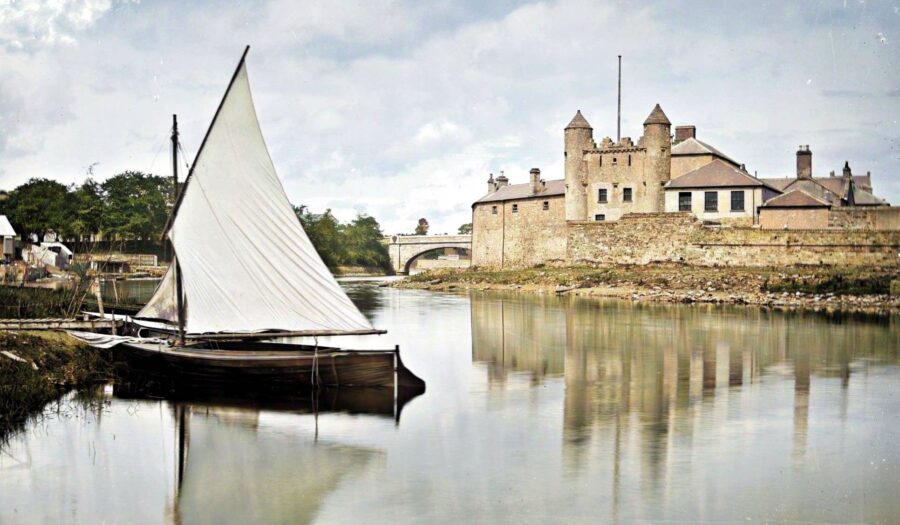
The 20th Century: Enniskillen Castle as a Historical Site and Museum
By the 20th century, the military presence at Enniskillen Castle began to wane, and the focus shifted towards preserving the site’s historical and cultural significance. In 1964, the castle was officially designated as a historic monument by the government of Northern Ireland. This marked the beginning of a new era for Enniskillen Castle, with efforts directed towards restoration and the establishment of a museum.
In 1976, the Fermanagh County Museum opened its doors within the castle grounds, showcasing the rich history, culture, and archaeology of County Fermanagh. The museum features exhibits that trace the region’s past, from prehistoric times to the modern era. In addition, the Inniskillings Museum, established in 1981, commemorates the history of the Royal Inniskilling Fusiliers and the Inniskilling Dragoons, celebrating their contributions to British military history.
Visiting Enniskillen Castle Today: Exploring the Past and Present
Today, Enniskillen Castle is a popular tourist destination, offering visitors the opportunity to delve into the rich history of County Fermanagh and explore the castle’s fascinating past. The castle complex features a variety of attractions, including the Fermanagh County Museum, the Inniskillings Museum, and guided tours of the historic structures.
Visitors can explore the impressive Watergate, the castle’s original entrance, which once allowed boats to access the stronghold. The Castle Keep, a 16th-century tower house, offers stunning views of the surrounding landscape, while the Barrack Rooms provide insight into the lives of the soldiers stationed at the castle during the 18th and 19th centuries.
Enniskillen Castle: A Testament to Ireland’s Resilient History
Enniskillen Castle, with its remarkable history and unique architectural features, stands as a testament to the resilience and determination of the people of County Fermanagh. The castle has withstood the test of time, bearing witness to centuries of conflict, cultural exchange, and transformation. Today, as a museum and historical site, Enniskillen Castle continues to captivate and inspire, offering a fascinating window into Ireland’s rich and complex past.
In conclusion, Enniskillen Castle represents an important chapter in the history of County Fermanagh and Ireland as a whole. Its strategic location, architectural evolution, and varied uses over the centuries have left a lasting legacy. As a tourist destination, Enniskillen Castle offers visitors the chance to explore this remarkable historical site, learn about the region’s past, and immerse themselves in the vibrant culture of County Fermanagh.


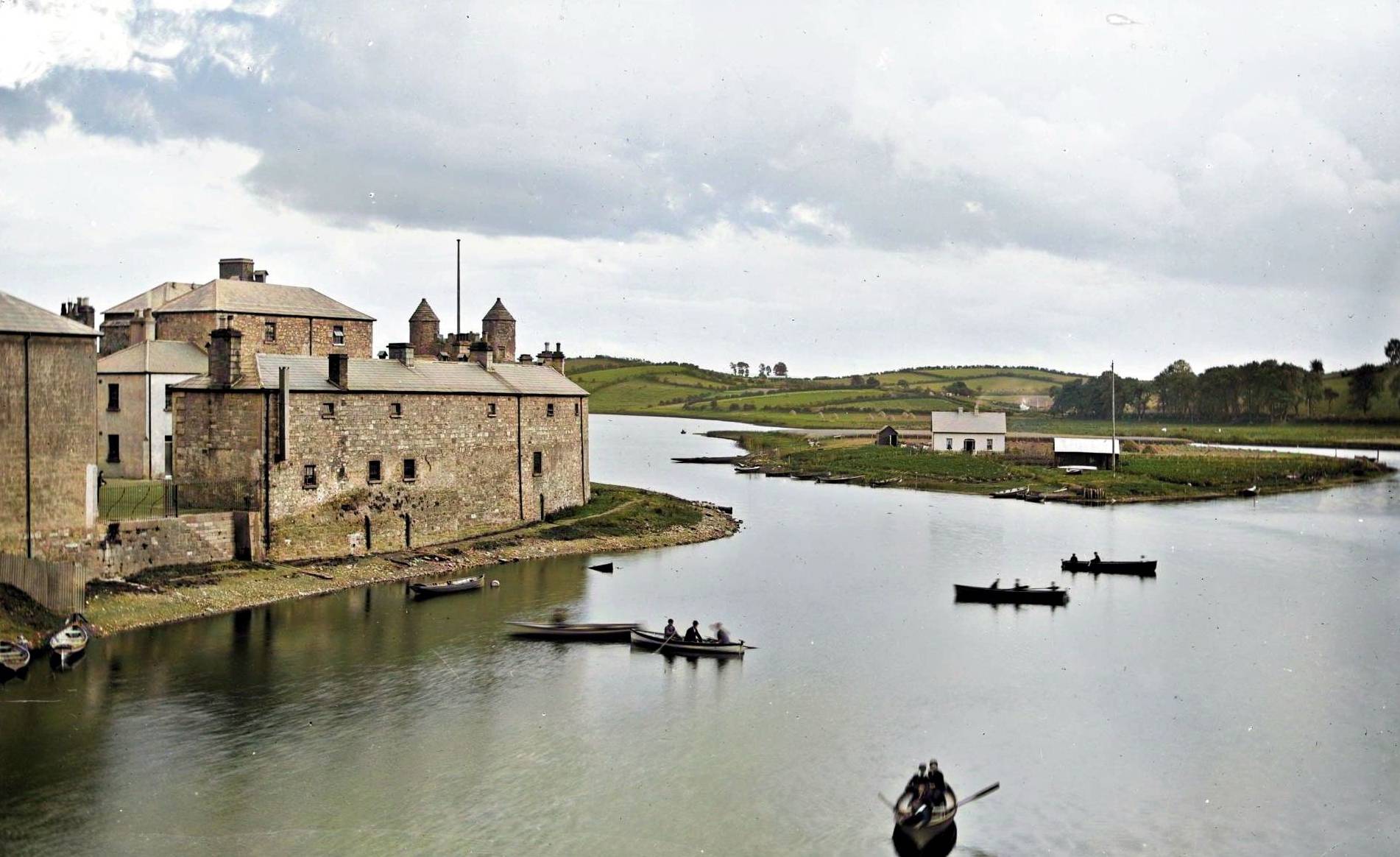
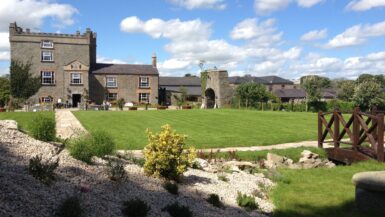
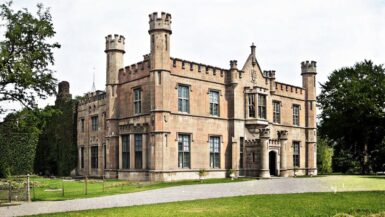
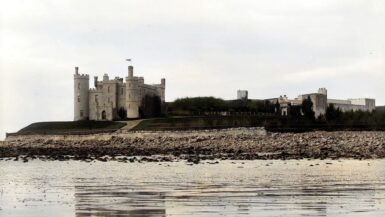
Leave a reply